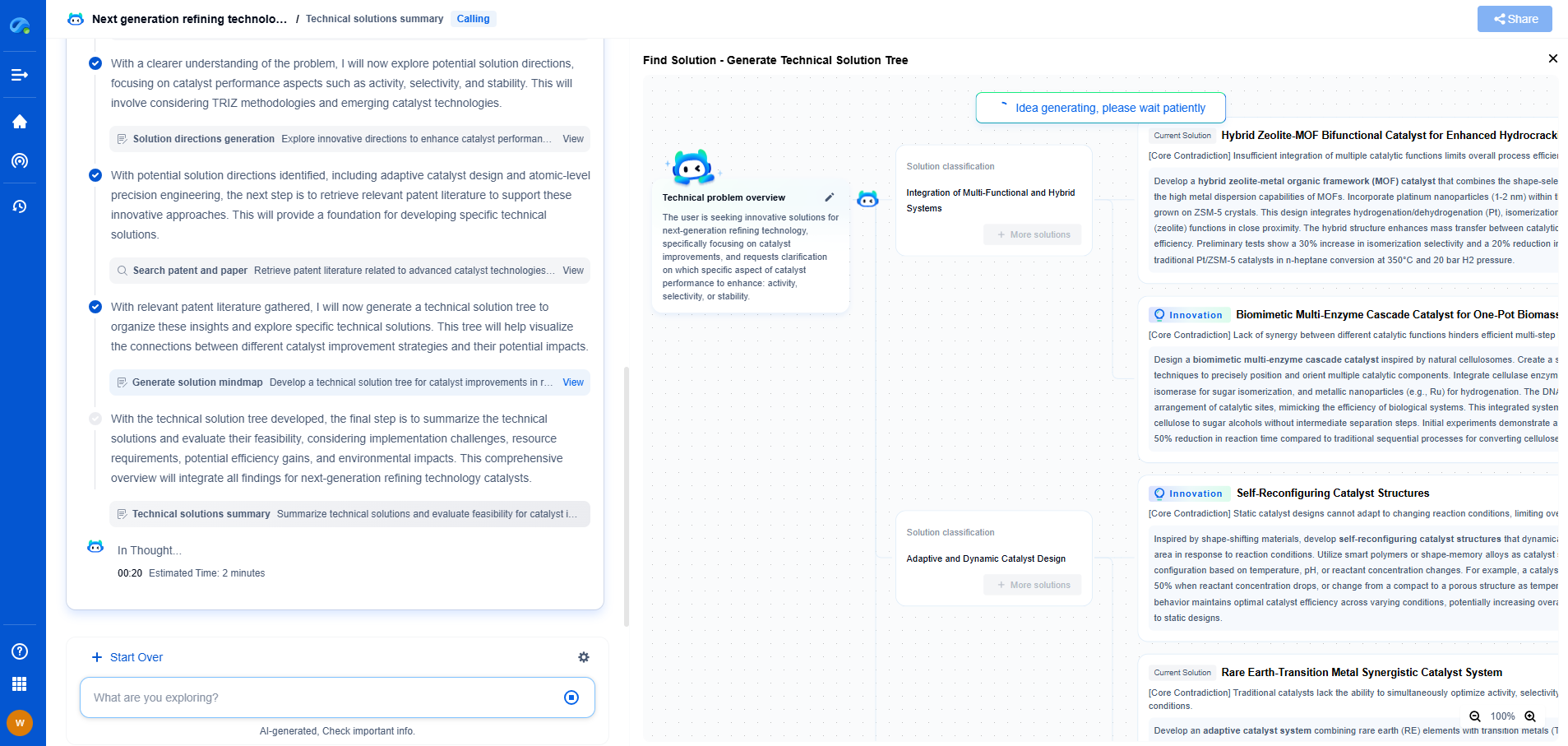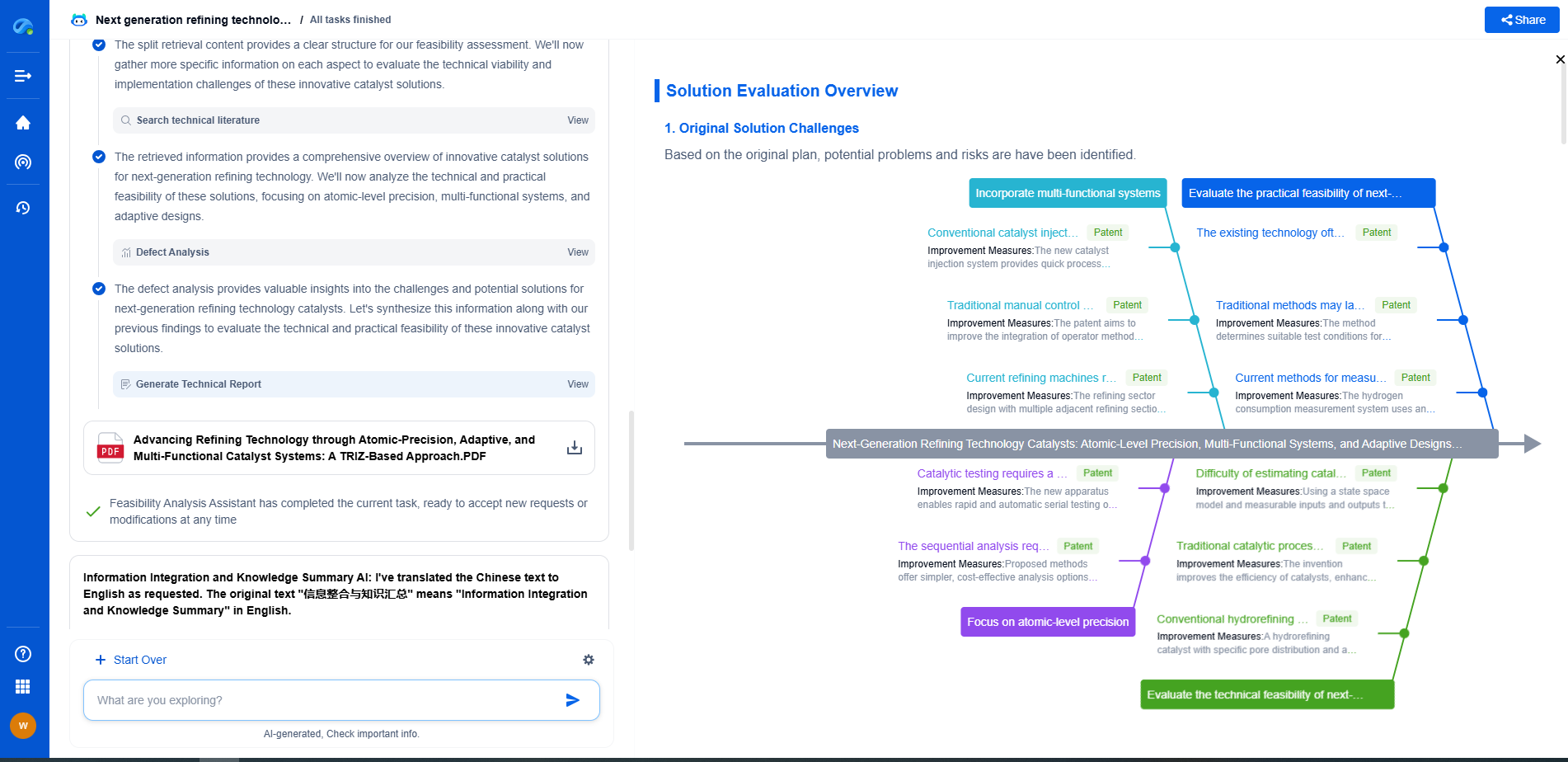File Systems Compared: NTFS, ext4, APFS and More
JUL 4, 2025 |
In the ever-evolving world of computer technology, file systems play a crucial role in managing how data is stored and retrieved on storage devices. Different operating systems utilize different file systems, each with its own set of features, pros, and cons. This blog aims to explore and compare some of the most popular file systems today, namely NTFS, ext4, and APFS, among others. By understanding their unique characteristics, users can make more informed decisions when choosing or configuring a storage solution.
NTFS: The Backbone of Windows
New Technology File System (NTFS) is the file system used by Microsoft Windows. Introduced with Windows NT in the early 1990s, NTFS brought numerous improvements over its predecessor, FAT32. One of its standout features is support for file permissions, which enhances security by restricting file access to authorized users. NTFS also supports large file sizes and volumes, with a theoretical maximum of 16 exabytes, making it suitable for modern storage needs.
Another significant advantage of NTFS is its journaling capability. This feature helps maintain file system integrity by keeping track of changes not yet committed to the main file system structure, thus facilitating recovery in the event of a system crash. Additionally, NTFS offers features like disk quotas, encryption, and compression, which further enhance its utility in enterprise environments.
However, NTFS is not without its drawbacks. Being primarily a Windows file system, its compatibility with non-Windows operating systems can be limited, often requiring third-party software for full read-write access on platforms such as macOS and Linux.
ext4: The Linux Powerhouse
The ext4 file system is the default choice for many Linux distributions. As the successor to ext3, ext4 includes several enhancements that improve performance, scalability, and reliability. It supports volumes up to 1 exabyte and files up to 16 terabytes, catering to the demands of modern computing environments.
One of the key features of ext4 is its use of extents, which improve file allocation and reduce fragmentation. This makes file retrieval faster and more efficient compared to older file systems. ext4 also supports journaling, similar to NTFS, ensuring data integrity and quick recovery from unexpected shutdowns.
While ext4 is optimized for Linux, its support on other operating systems can be limited. However, tools and drivers are available that allow for some level of interoperability with Windows and macOS, though often with read-only access.
APFS: Apple's Modern Marvel
Apple File System (APFS) is designed specifically for Apple's ecosystem, offering a modern solution for macOS, iOS, watchOS, and tvOS. Introduced in 2017, APFS replaced the aging HFS+ file system, bringing significant advancements, particularly in performance and security.
APFS is optimized for solid-state drives (SSDs) and flash storage, providing faster read and write speeds. Its space-sharing feature allows multiple file systems to coexist on a single partition, dynamically allocating space as needed. APFS also supports snapshots, which allow users to capture the state of the file system at a particular moment, a valuable feature for backups and system recovery.
Encryption is a strong focus in APFS, with full-disk and per-file encryption options available. This ensures that data remains secure, a critical requirement for many users in today's digital age. However, like NTFS, APFS is primarily designed for its native operating system, leading to compatibility challenges when accessing APFS-formatted drives on non-Apple platforms.
Comparative Analysis
When comparing NTFS, ext4, and APFS, several factors come into play, including performance, compatibility, and feature set. NTFS is a robust choice for Windows users, especially in enterprise settings due to its comprehensive security features. ext4 offers a balanced performance for Linux users, with excellent support for large files and volumes. APFS stands out for Apple users, particularly those utilizing SSDs, with its superior speed and advanced features like snapshots and encryption.
However, the choice of file system is often dictated by the operating system in use. Cross-compatibility remains a challenge, as none of these file systems natively support all major operating systems without limitations. Users needing to share drives across different platforms might need to consider file systems like exFAT, which offer broader compatibility at the expense of advanced features.
Conclusion
Choosing the right file system is crucial for optimizing performance, security, and storage efficiency. NTFS, ext4, and APFS each have their strengths and are tailored to the needs of their respective operating systems. Understanding the unique attributes of these file systems can help users make informed decisions that align with their specific requirements and use cases. As technology continues to advance, file systems will undoubtedly evolve, offering even more innovative solutions for data management and storage.
Accelerate Breakthroughs in Computing Systems with Patsnap Eureka
From evolving chip architectures to next-gen memory hierarchies, today’s computing innovation demands faster decisions, deeper insights, and agile R&D workflows. Whether you’re designing low-power edge devices, optimizing I/O throughput, or evaluating new compute models like quantum or neuromorphic systems, staying ahead of the curve requires more than technical know-how—it requires intelligent tools.
Patsnap Eureka, our intelligent AI assistant built for R&D professionals in high-tech sectors, empowers you with real-time expert-level analysis, technology roadmap exploration, and strategic mapping of core patents—all within a seamless, user-friendly interface.
Whether you’re innovating around secure boot flows, edge AI deployment, or heterogeneous compute frameworks, Eureka helps your team ideate faster, validate smarter, and protect innovation sooner.
🚀 Explore how Eureka can boost your computing systems R&D. Request a personalized demo today and see how AI is redefining how innovation happens in advanced computing.
- R&D
- Intellectual Property
- Life Sciences
- Materials
- Tech Scout
- Unparalleled Data Quality
- Higher Quality Content
- 60% Fewer Hallucinations
Browse by: Latest US Patents, China's latest patents, Technical Efficacy Thesaurus, Application Domain, Technology Topic, Popular Technical Reports.
© 2025 PatSnap. All rights reserved.Legal|Privacy policy|Modern Slavery Act Transparency Statement|Sitemap|About US| Contact US: help@patsnap.com

